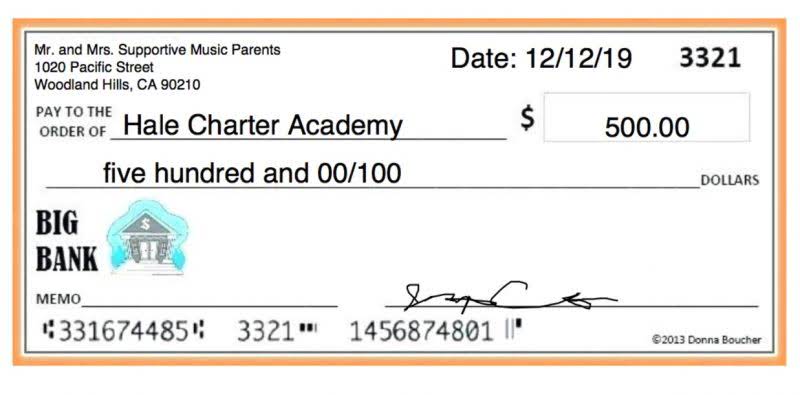
It summarizes all the transactions from every account that were posted throughout the year. Since most companies have many different accounts, their general ledgers can be extremely long. The purpose of journalizing is to record the change in the accounting equation caused by a business event. Ledger accounts categorize these changes or debits and credits into specific accounts, so management can have useful information for budgeting and performance purposes. The matching principle in accrual accounting states that all expenses must match with revenues generated during the period.
What Are the Problems with T Accounts?
For the same reason, a second use is to What is bookkeeping clarify more challenging accounting operations. A business owner can quickly look over T-accounts (such as the one in our example) in order to extract information. As previously mentioned, an account is the summary record of all transactions relating to a particular item in a business.

Individual Tax Forms
This is why T-accounts are used by many small business owners, and both new accountants and CPAs to ensure journal entries in your ledger or accounting software are balanced. T accounts provide a t account definition clear and concise way to track the flow of financial transactions for individual accounts. They facilitate the recording and analysis of transactions, making it easier to prepare financial statements and understand the financial health of an organization.
Equity
Debits represent increases in assets and expenses, and decreases in liabilities and equity. This is the owner’s claim on the business – basically, what’s left after you subtract liabilities from assets. This happens when you pay dividends to yourself (debiting cash) which takes money out of the business and reduces your ownership stake. This could be from investing your own money in the business (crediting cash). Here is a closer look at the T-accounts for the primary components of the statement of financial position or balance sheet, namely assets, liabilities, and shareholder’s equity.

This T format graphically depicts the debits on the left side of the T and the credits on the right side. This system allows accountants and bookkeepers to easily track account balances and spot errors in journal entries. Reviewing these two examples shows you how T-accounts visually represent a balance of your accounts. Each column added up should equal each other, and every debit has a matching credit.
Examples of T&I Accounts in a sentence

When most people hear the term debits and credits, they think of debit cards and credit cards. In accounting, however, debits and credits refer to completely different things. Yes, similar to journal entries, T accounts should also always balance.
- A T-account is a visual aid used to depict a general ledger account.
- On the top, the name of the ledger is mentioned, the left side is for debit entries, and the right side is for credit entries within the ledger.
- Instead of paying hourly or hiring in-house staff, businesses can now access professional bookkeeping on a fixed monthly or annual subscription model.
- On the other hand, credits would reduce expenses (not very common) – this could happen if you return supplies to a vendor and get a credit (reducing the expense).
- But what goes where can depend on the type of account you’re dealing with.
- Let us understand the concept in depth through understanding the related terminologies of a T account balance through the discussion below.
- As the volume of transactions increases, maintaining T-accounts manually becomes impractical and prone to mistakes.
- The accounting department later catalogs those labor payments under “operating expenses” instead of under “inventory costs” (which is where factory labor costs should go).
- Consequently, businesses employing accrual accounting methods may find T-accounts insufficient for accurately reflecting their financial position and performance.
- Here is a closer look at the T-accounts for the primary components of the statement of financial position or balance sheet, namely assets, liabilities, and shareholder’s equity.
- Be sure to check your understanding of this lesson by taking the quiz in the Test Yourself!
- Another error is the incorrect recording of the transaction on the wrong side of the T or mistyping the numbers.
The T-account instructs bookkeepers on how to pass the data into a ledger to achieve an adjusted balance, which ensures that expenses equal revenues. Once done, check your answers Retail Accounting against the solution further below. Learn how to define, record, and benefit from T-Accounts in finance with clear examples and explanations. I regularly use T-accounts when preparing adjusting entries (accruals and deferrals). I begin by drawing two T-accounts, marking one as the balance sheet account, and one as the income statement account.

Take a look at each of the journal entries above and compare them to each of the entries in the T account. The credit was to loan, so this is used to describe what has happened to our bank account above. The next transaction relating to the bank account was on the 7th of April. Now, there can be a number of different ledgers, each one dealing with a specific aspect of the business and listing T-accounts only in that category. By account, we mean a summary record of all transactions relating to a particular item in a business.